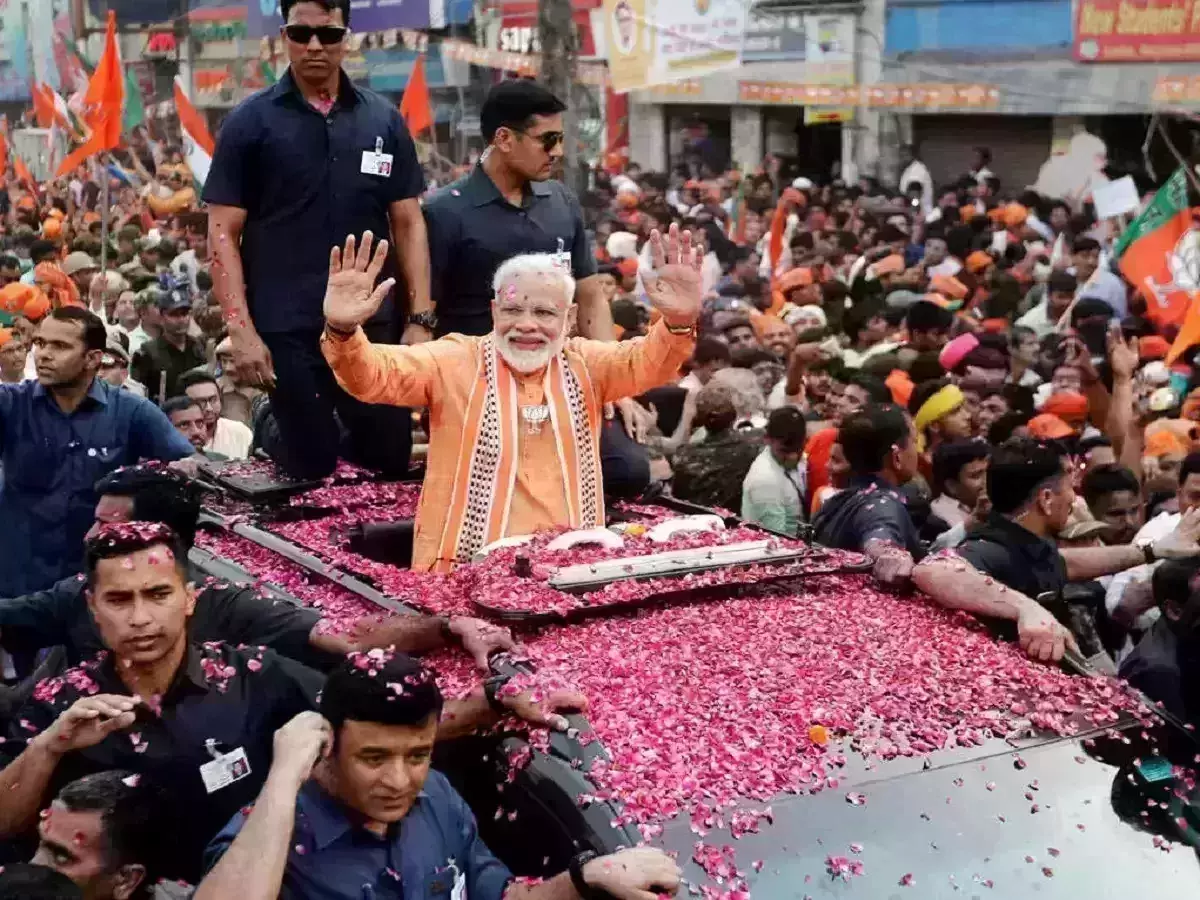
Ram Temple construction: An end to historical conflicts?
text_fieldsSupreme Court Chief Justice D.Y. Chandrachud revealed in an interview with news agency PTI that the five-member bench including himself chose to deliver the verdict on Ayodhya case in one voice keeping in mind the long history of the conflict. Stating that it was the diversity of the country’s history that came to mind as a conflict of views, the Chief Justice pointed as the background of the bench’s 2019 judgment that allocated the Babri Masjid land for Ram Temple and another land for a mosque in lieu of the one where karsevaks had razed the mosque. Those advocated for the temple vehemently campaigned for years that the Mughal Emperor had built Babri Masjid by demolishing the temple sitting at the birth place of Lord Ram. Pivoting on the same claim, Karsevakars pulled down the mosque on December 6, 1992.The Justice Liberhan Commission, tasked by the Central government to probe the destruction of the mosque and those responsible for it, in its report years later unequivocally found those including Sangh Parivar leaders as responsible. But no action has been taken against them based on the report. The Supreme Court itself emphatically questioned this negligence. The Chief Justice and other Justices, who knew only too well the details of the historically evolved issue that ails the nation, decided to settle it forever and bring normalcy between majority community and the dominant minority community. It is to be deemed so from Chandrachud's interview that the bench thus pulled off what appears to be apparently an unjust verdict of 2019. However, it would be dishonest not to raise emerging doubts while not questioning the motives of the honourable judges.
As the Chief Justice revealed, no one’s name was highlighted in the historic judgment; however, should it be considered only a coincidence that the then Chief Justice Ranjan Gogoi, who was a part of the bench, became a nominated member of the Rajya Sabha after his retirement? What about Modi government’s appointment of Justice Abdul Nazeer as Andhra Governor? Should we find only coincidence behind Justice Ashok Bhushan presiding over the National Company Law Appellate Tribunal? Anybody who carefully examines the historical conflicts as pointed out by Justice Chandrachud can understand what actually happened. The years that followed the closure of Babri Masjid on 22nd December 1949 by the District Administrator of Faizabad were unravelling one by one the most serious conspiracy. In the beginning, the locked mosque was opened for temple worship, then the Sangh Parivar leaders used the Ram Temple agitation to seize power, and as part of it thousands of members of minority community in Gujarat were massacred; riding on the riot Narendra Modi continued his tenure as chief minister. In 2014, the country itself came into the hands of Modi and in the second tenure the construction of the temple started on the strength of court order.
Now Modi himself is going to inaugurate the temple to ensure the third term. Meanwhile, the Sangh Parivar leadership were able to perplex the Opposition leaders by inviting them to the function. In other words, where the apex court aimed at settling the series of conflicts, the radical Hindutva brigade is trying not to end the atmosphere of conflict but plotting to take maximum political advantage from it. The most recent example of it came from Indresh Kumar, the founder of the Muslim Rashtriya Manch set up to bring Muslims to RSS camp. Indresh Kumar, releasing a book on the Ram Temple at a function also attended by Kerala Governor Arif Mohammad Khan, called for chanting Jai Shri Ram 11 times in all mosques, madrasas and dargahs on the day of Ram Temple consecration. Now Muslims’ patriotism will be assessed depending on whether they will honour or reject the proposal! Do those including the honourable justices need more evidence to realise that the Ram Temple agitation was not a spontaneous expression of majority Hindus’ faith in Lord Ram but a secret plot of the Sangh Parivar's frenzied nationalism?

























